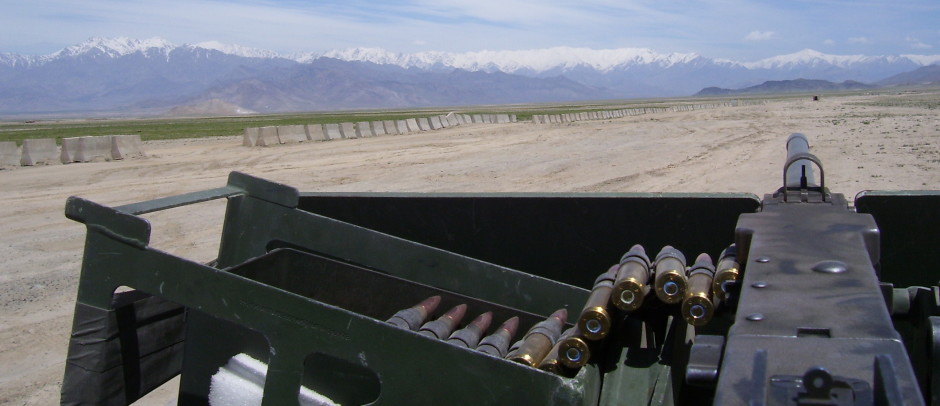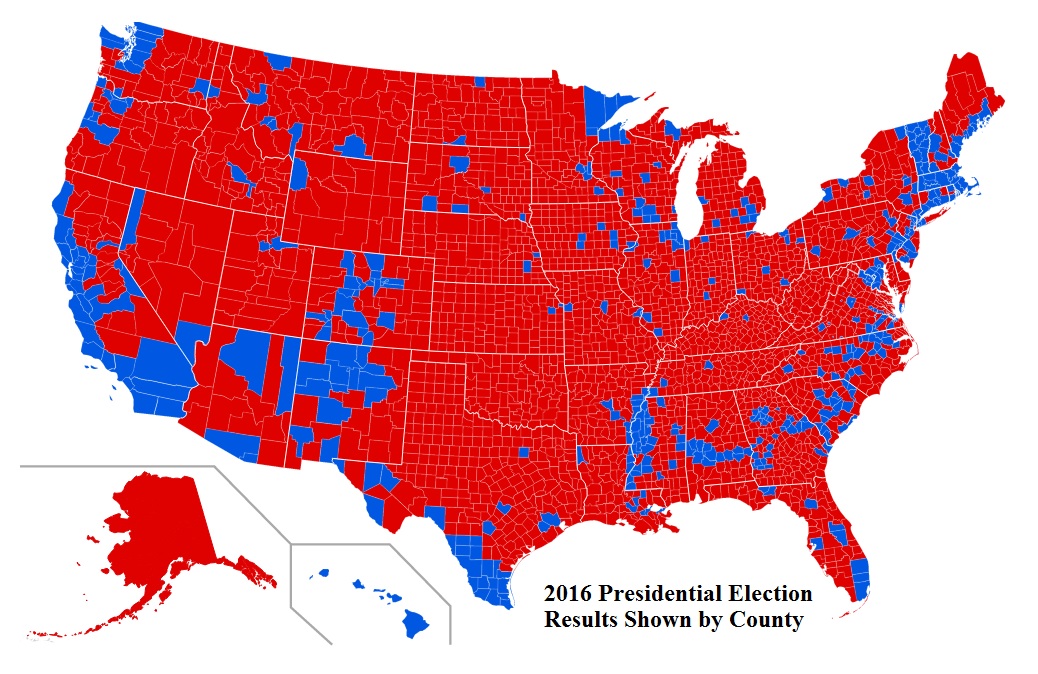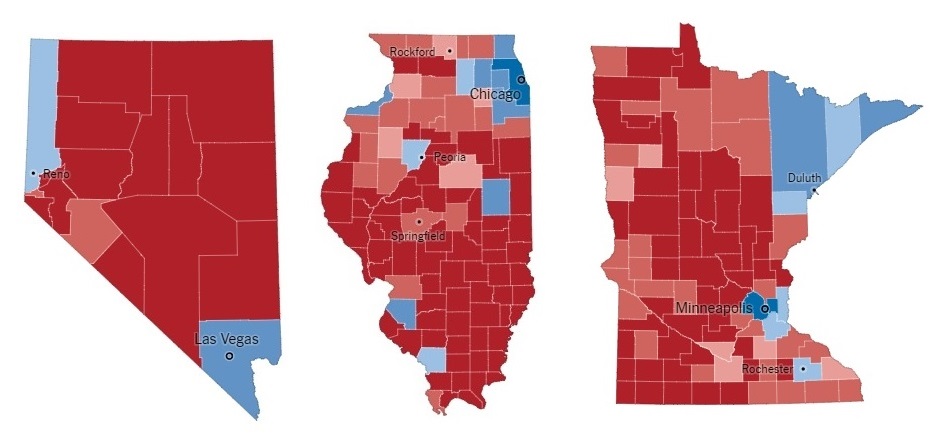The reason we have the Electoral College is the same reason our Congress has two houses. They keep large population centers in a few States from influencing our laws or deciding who will be president.
A quick history lesson for those that our education system has failed. The Founding Fathers had a problem when deciding what our representative government would look like. States with large populations wanted the number of representatives based on population. Lesser developed States with smaller populations wanted each State to have the same number of representatives. A compromise was reached incorporating both systems. In the Senate, each State is equal in power, having two Senators. In the House of Representatives, the number of members each State has is based on their population size. Both house have to approve a bill for it to become law.
The Electoral College is an extension of this system. The number of electors a State has is determined by the total number of Senators and Representatives it has. The minimum number is three.
Look at the map of the 2016 Presidential Election with the results shown by County. It’s easy to see that the majority of the counties were won by Trump. There are a total of 3143 counties, parishes and county-like municipalities in the United States. Donald Trump won 2647 counties, or 84%. Hillary Clinton won 496 counties, or 16%.
How fair would it be for the people who live in these small, blue, scattered areas to decide who will be President? Is it a fair representation of the “will of the country” as opposed to the “will of the people”?
If you look a little closer at the map, you can see that most of the “blue areas” all surround a large cities or industrialized areas. Large cities mean large governments and the Democratic Party is the Party of large government. Large governments mean union government employees. Large industrialized areas also mean unions. Unions have historically supported the Democratic Party. Not much support for Democrats in rural areas and smaller cities and towns.
A final observation on the popular vote controlling election outcomes. Nevada, Illinois and Minnesota were all won by Clinton. Look at the election results by county for each State. Did the election results represent the will of the State or the will of the people living in large cities? Should two counties in Nevada decide the outcome of a State election?
Look at a few more States. It takes 270 Electoral votes to win the election. Clinton got over one third of the required 270 votes from just seven States while only winning 17% of the counties represented.
Every county in Oklahoma was won by Donald Trump. Oklahoma has a population of 3.878 million people. Los Angeles, California has a population of 3.884 million. Assuming the same rate of voter participation, one city in California could conceivably offset the votes of the whole State of Oklahoma.
New York City has a population of 8.550 million. Again, assuming the same rate of voter participation, New York City could offset the combined votes of West Virginia, Idaho, Montana, South Dakota, Alaska, North Dakota and Wyoming; all States that Trump won.
The population of California is 38.505 million, which is two million greater than the combined populations of Oklahoma, Iowa, Mississippi, Arkansas, Utah, Kansas, Nebraska, West Virginia, Idaho, Montana, South Dakota, Alaska, North Dakota and Wyoming; all States that were won by Trump.
Here’s an interesting fact: If the 12,436,316 people in Liberal States of California, Illinois, New York and New Jersey who DIDN’T vote for Hillary Clinton DID vote for her, she would have won the popular vote 78,289,832 to Trump’s 50,548,509. Yet the outcome of the election would have been exactly the same. Whether you win a State by 51% or 100%, it doesn’t change the number of Electoral votes a candidate receives.
Get the point? This is what the Founding Father sought to prevent; to keep a few large population centers from controlling the direction of the government. That’s why we have a Congress with two houses and by extension, the Electoral College.



